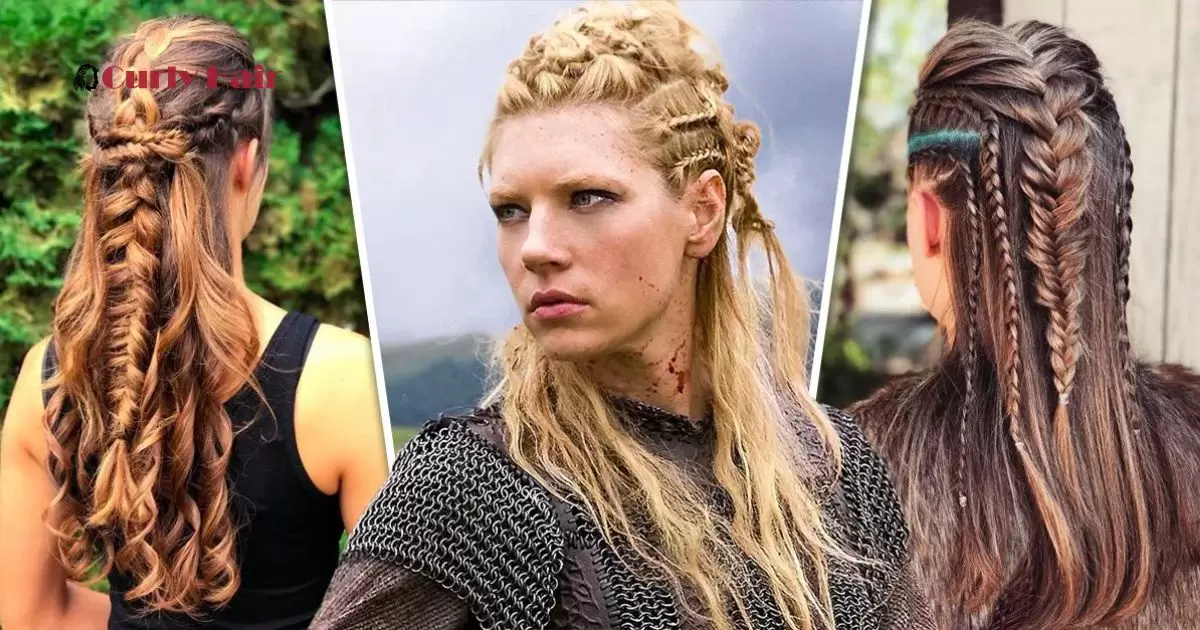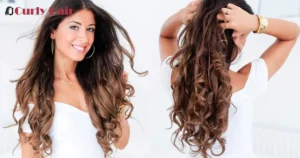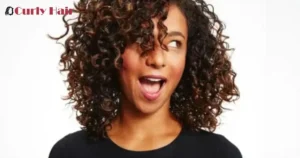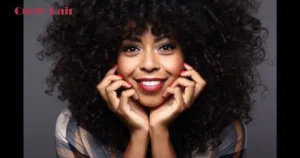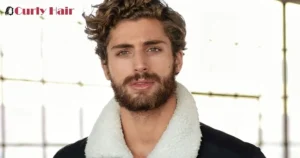Celtic hair braiding is an intricate method of weaving strands into complex patterns. It originated among ancient Celtic cultures and involves techniques like knotwork. The braids often have symbolic meanings and create elaborate, decorative hairstyles.
Tired of the same old hairstyles? Want to stand out with something truly unique and eye-catching? Look no further than Celtic hair braiding. This ancient art form weaves strands into intricate, never-before-seen patterns that are sure to turn heads. Keep reading to unlock the secrets of these stunning Celtic braids.
Celtic braiding has been around for centuries, with each intricate knot and weave holding cultural significance. While it may seem daunting at first, these braids are quite easy to learn with some patience and practice.
Key Takeaways
- Celtic hair braiding is more than just a hairstyle; it’s a tradition deeply rooted in Celtic culture, symbolizing strength, wisdom, and spirituality.
- Explore various Celtic braid styles, such as the Celtic Knot and Celtic Crown Braid, which offer versatility and elegance for different occasions.
- Embracing Celtic hair braiding allows us to honour the ancient traditions and craftsmanship of the Celts, while also showcasing our individuality and cultural heritage.
- With intricate patterns and designs, Celtic braids offer a timeless and captivating look that continues to inspire people worldwide.
- Whether attending a formal event or adding flair to everyday style, there’s a Celtic braid to suit every taste and occasion, allowing for personal expression and creativity.
What Is Celtic Hair Braiding?
Celtic hair braiding is an ancient art form that originated from Celtic culture. It involves intricately weaving hair into various patterns and designs. These braids often hold symbolic meanings and are a form of self-expression and cultural identity.
The techniques used in Celtic hair braiding have been passed down through generations, evolving and adapting over time. In Celtic communities, hair braiding was not only a way to style hair but also held significance in rituals and ceremonies. Irish people have curly hair and often incorporate their natural hair texture into intricate braided designs, reflecting their cultural heritage and identity.
Each braid pattern could convey different messages or represent aspects of nature, spirituality, or social status. Today, Celtic hair braiding continues to be practised, cherished for its beauty and cultural heritage. Whether worn casually or for special occasions, these intricate braids showcase the rich tradition and artistic skill of Celtic craftsmanship.
Why Is Celtic Braiding Unique?
| Aspect | Description |
| Cultural Heritage | Celtic braiding is steeped in rich tradition, symbolizing strength, wisdom, and spirituality. |
| Intricate Patterns | Unique braiding techniques like the Celtic Knot and Celtic Crown Braid offer elegance and charm. |
| Versatility | Celtic braids can be adapted to different hair lengths and textures, suiting various occasions. |
| Timeless Beauty | With its timeless appeal, Celtic braiding continues to captivate and inspire people worldwide. |
Celtic braiding stands apart for its intricate patterns and symbolic significance. Each braid tells a story, weaving together history, culture, and tradition. Unlike conventional braiding styles, Celtic braids often feature elaborate interlacing motifs, representing unity and continuity. These braids are more than just hairstyles, they are expressions of identity and heritage, passed down through generations.
What makes Celtic braiding truly unique is its timeless appeal and adaptability. Adorned for special occasions or worn casually, these braids exude elegance and grace. They showcase a blend of craftsmanship and artistry, reflecting the rich tapestry of Celtic culture. From simple knots to complex designs, each braid carries its symbolism, embodying themes of strength, resilience, and interconnectedness.
History Of Celtic Braiding
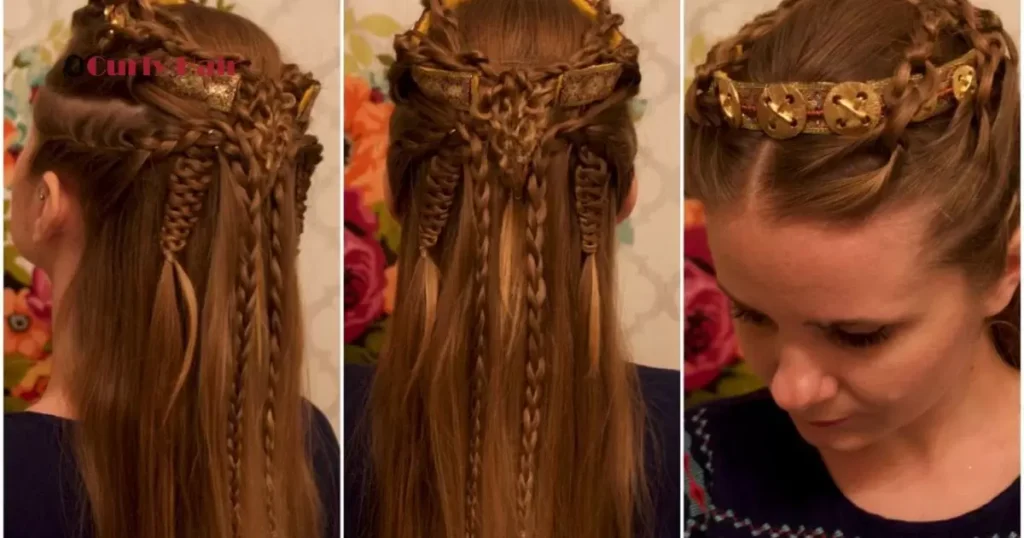
The history of Celtic braiding is steeped in ancient tradition, dating back thousands of years. It originated with the Celtic people, who lived in what is now Ireland, Scotland, Wales, and parts of England. These skilled artisans used braiding techniques to create intricate patterns that held deep cultural significance.
Celtic braiding was more than just a way to style hair; it was a form of expression and communication. Each braid told a story, with symbols representing elements of nature, spirituality, and daily life. Over time, Celtic braiding evolved, influenced by trade, migration, and cultural exchange. Today, the tradition lives on, cherished for its beauty and connection to the rich tapestry of Celtic heritage.
Who Invented Braids?
Braids have been a part of human history for thousands of years. While it’s difficult to pinpoint an exact inventor, various ancient cultures, including the Egyptians, Greeks, and Celts, contributed to the development of braiding techniques.
These early civilizations used braids not only for practical purposes but also as symbols of cultural identity and social status. Over time, braiding evolved into an art form embraced by people worldwide for its beauty and versatility.
Techniques Of Celtic Braiding
Celtic braiding techniques encompass a range of intricate methods passed down through generations. These methods involve weaving strands of hair into elaborate patterns, often inspired by Celtic symbols and cultural motifs. Each technique requires precision and patience to achieve stunning results.
From the classic three-strand braid to more complex styles like the Celtic knot braid, these techniques offer versatility for various hair lengths and textures. Whether creating a simple accent or an intricate updo, mastering Celtic braiding techniques allows for endless creativity in hairstyling. Learning these techniques opens a doorway to expressing individuality through beautifully crafted hairstyles.
Traditional Celtic Braiding Methods
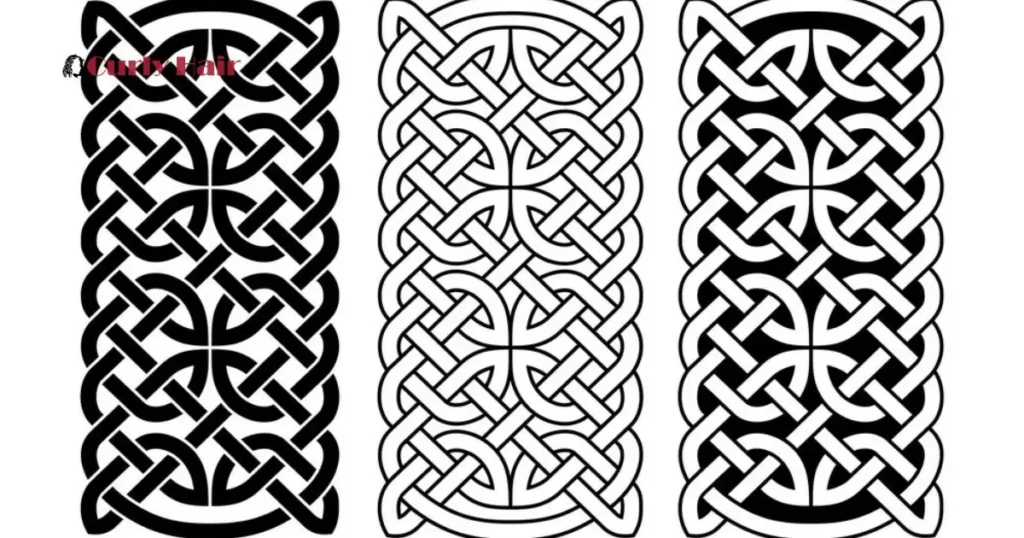
Celtic hair braiding techniques date back centuries and are steeped in tradition. These methods involve intricate weaving and twisting of hair strands to create stunning patterns and designs. The artistry behind Celtic braiding reflects the rich cultural heritage of the Celtic people, with each style carrying its symbolic meaning.
These traditional braiding methods were often passed down through generations, with mothers teaching daughters the intricate techniques. The braids were not only a means of styling hair but also held significance in Celtic culture, representing aspects such as spirituality, status, and even familial bonds.
Modern Adaptations Of Celtic Braiding
In recent times, Celtic braiding has undergone intriguing modern adaptations. These adaptations fuse traditional techniques with contemporary styling, catering to diverse tastes. Modern braiders often integrate Celtic patterns into various hairstyles, adding a touch of timeless elegance to everyday looks.
They experiment with different textures and colors, offering versatility to suit individual preferences. This evolution ensures that Celtic braiding remains relevant and captivating in today’s fashion landscape, captivating both enthusiasts and newcomers alike.
Tools Used In Celtic Braiding
In the intricate craft of Celtic braiding, various tools are indispensable. A fine-toothed comb is essential for detangling and parting the hair neatly. Next, sturdy hair clips or pins hold sections securely in place while braiding, ensuring precision.
Finally, a spray bottle with water helps to dampen the hair, making it more pliable and easier to manipulate during the braiding process. These tools, when used skillfully, facilitate the creation of stunning Celtic braided hairstyles with ease and finesse.
Types Of Celtic Braids
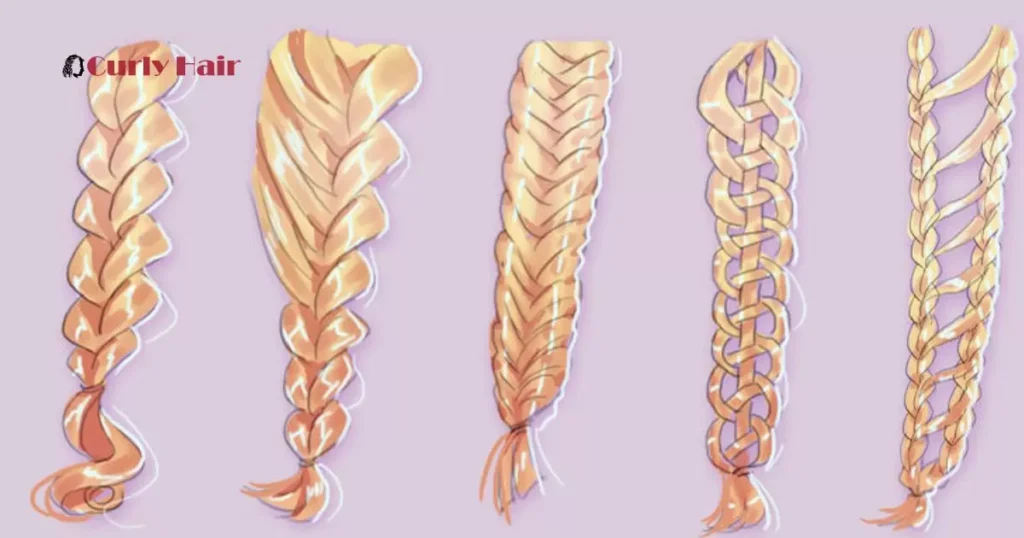
When it comes to Celtic hair braiding, there are several distinct types to explore:
The Celtic Knot Braid: A classic style featuring intricate knots intertwined along the hair’s length, creating a mesmerizing pattern.
The Celtic Cross Braid: This braid mimics the shape of a Celtic cross, with strands carefully woven to form a cross-like design.
The Celtic Spiral Braid: Characterized by its swirling pattern, this braid adds a touch of elegance and whimsy to any hairstyle.
The Celtic Fishbone Braid: Resembling the skeleton of a fish, this braid involves weaving strands in a herringbone pattern, resulting in a visually stunning look.
The Celtic Crown Braid: A regal style where braids are arranged circularly around the head, evoking the image of a Celtic crown.
Step-By-Step Guide To Celtic Braiding
Celtic braiding is an art steeped in tradition and symbolism. Begin by parting your hair into three equal sections. Then, take the right section and cross it over the middle one, followed by the left section crossing over the new middle strand. Repeat this pattern, adding hair from the sides as you braid to create intricate patterns.
This technique, also known as the “plait,” is versatile and can be adapted to different hair lengths and textures. Mastering the Celtic braid requires patience and practice, but the results are well worth the effort.
Preparing The Hair For Braiding
To prepare your hair for Celtic braiding, detangle it gently with a wide-tooth comb. Apply a lightweight styling product for added texture and grip. Consider dividing thick or long hair into sections for easier braiding. These simple steps ensure smooth and successful braids.
Braiding Techniques For Beginners
For beginners, mastering basic braiding techniques is key. Start with a simple three-strand braid by dividing your hair into three equal sections. Cross the right section over the middle one, then the left over the new middle strand.
Repeat this pattern until you reach the end, securing with a hair tie. Practice regularly to build skill and confidence before attempting more intricate braids like the Celtic style. With patience and dedication, even novices can achieve beautiful braided hairstyles effortlessly.
Finishing Touches And Maintenance
After completing your Celtic braid, secure it with a hair tie or decorative clip for a polished look. Gently tug on the edges of the braid to loosen and enhance its texture. To maintain your braid, spritz it lightly with a flexible hold hairspray to keep it in place throughout the day.
For added flair, adorn your braid with hair accessories such as beads or ribbons. Regularly moisturize your hair to prevent breakage and keep your Celtic braid looking fresh and vibrant.
Popular Celtic Braid Styles
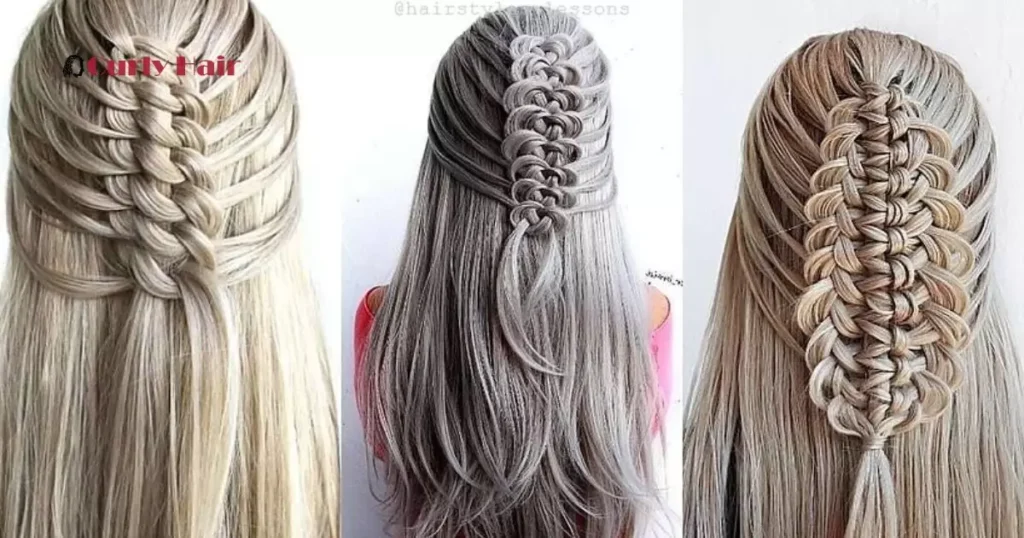
Various Celtic braid styles offer versatility and charm for different occasions. The “Celtic Knot” intertwines strands to create a timeless symbol of eternity and unity. Another popular style is the “Celtic Crown Braid,” which elegantly wraps around the head like a regal tiara. These braids can be adorned with flowers or ribbons for a whimsical touch.
Experiment with different techniques, such as fishtail braids or rope braids, to achieve unique ancient Celtic braids. Whether you’re attending a formal event or simply want to elevate your everyday style, there’s a Celtic braid that suits every taste and occasion.
Frequently Asked Questions
Did Celts braid their hair?
Yes, Celts did braid their hair as a cultural tradition and for practical purposes.
How to do a Celtic braid?
To create a Celtic braid, start by parting your hair into three equal sections. Then, cross the right section over the middle, followed by the left over the new middle, repeating until the desired length is reached.
What did the Celts believe about hair?
The Celts believed that hair was a symbol of strength, wisdom, and spiritual connection. They often adorned their hair with intricate braids and decorations to honour their cultural and religious beliefs.
Conclusion
In conclusion, Celtic hair braiding is more than just a hairstyling technique; it’s a rich tradition steeped in history and symbolism. Through intricate patterns and designs, Celtic braids reflect the cultural heritage and spiritual beliefs of the Celts. Whether it’s the timeless elegance of the Celtic Knot or the regal allure of the Celtic Crown Braid, these styles continue to captivate and inspire people worldwide.
Embracing Celtic hair braiding not only allows us to showcase our individuality but also honours the ancient traditions and craftsmanship of our ancestors. So, next time you’re looking for a hairstyle that’s both beautiful and meaningful, consider embracing the art of Celtic hair braiding.
